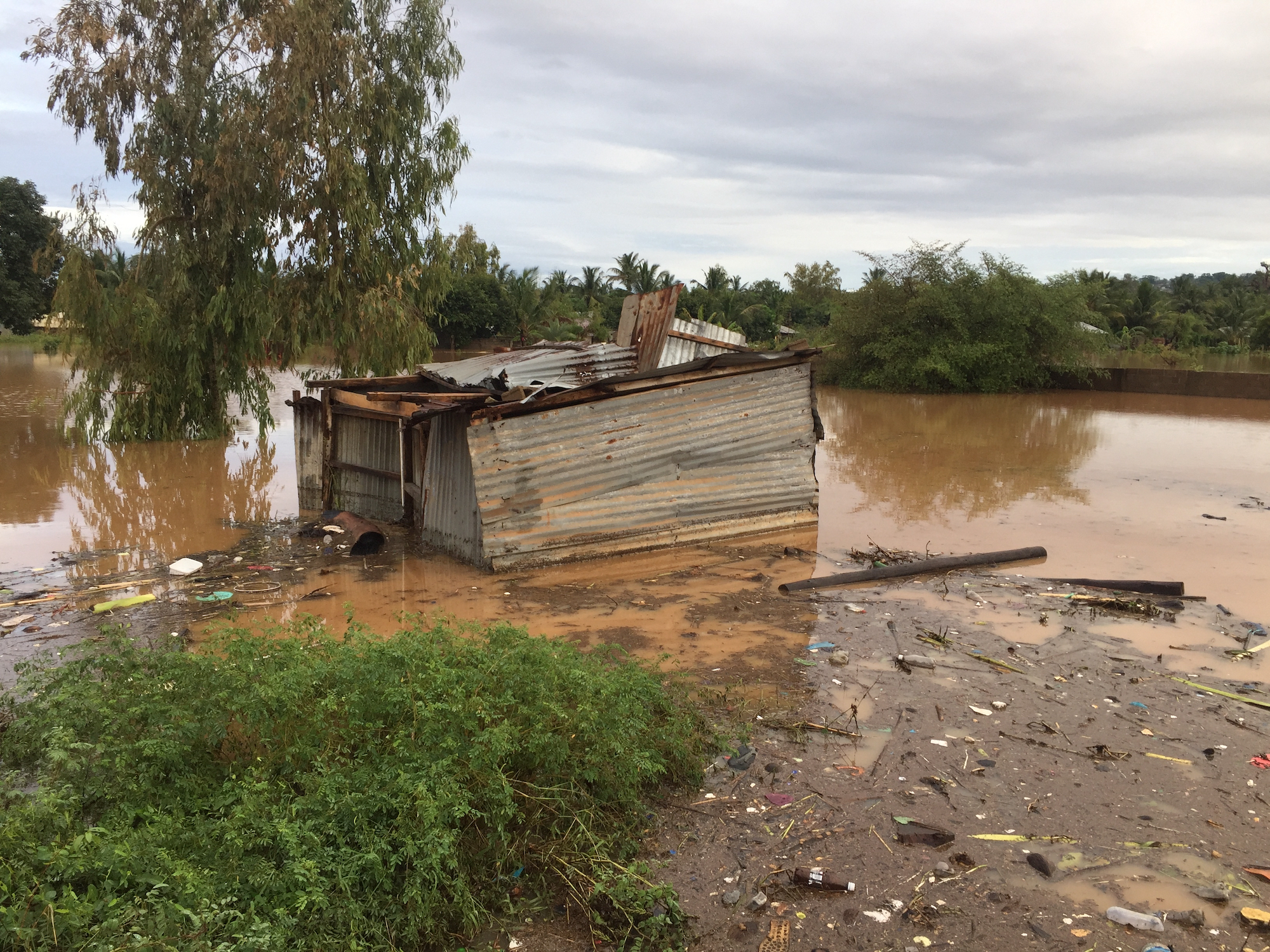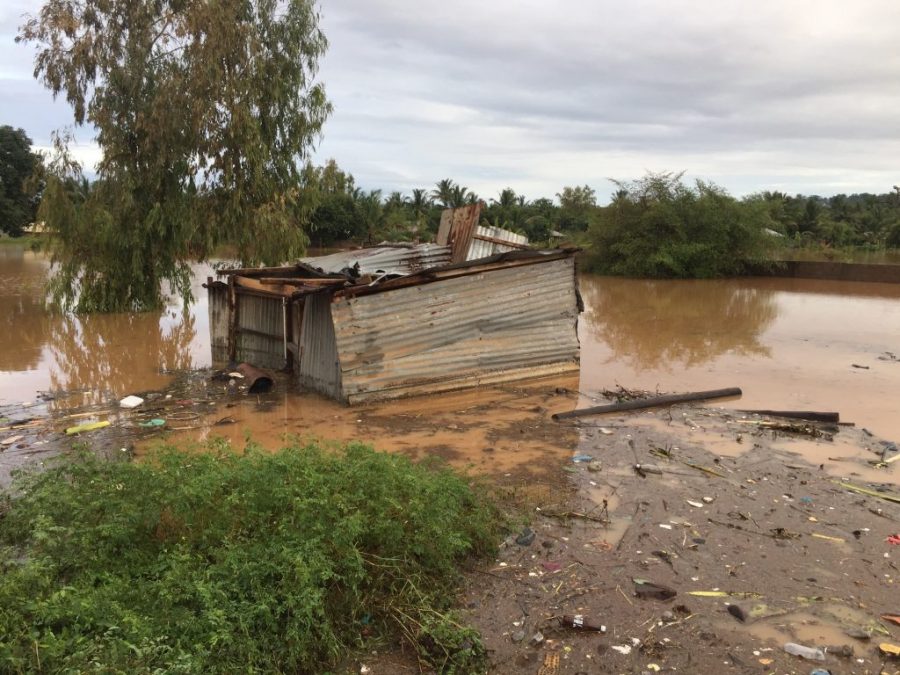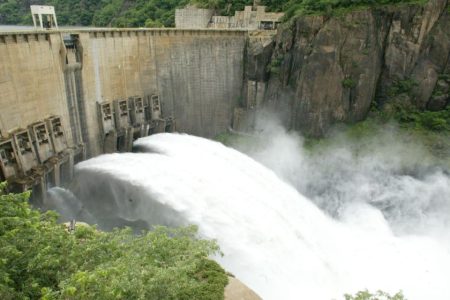Mozambique is bracing itself for more severe weather, with the occurrence of warmer-than-normal surface temperatures in the equatorial Pacific Ocean. The phenomenon, known as El Niño, can bring drought to the central and southern regions of Mozambique but abnormally high rainfall in the north of the country, the Portuguese news agency Lusa reports.
Bernardino Nhantumbo, a climatologist at Mozambique’s National Institute of Meteorology told Lusa that the impact was potentially “severe” in areas “such as agriculture, management of water resources and hydroelectric production”.
[See more: More than 20,500 kilometres of forest were lost in Brazil last year]
He said that rainfall peaked in Mozambique between December and February and that water management during this period would be vital for mitigating the impact of El Niño.
Mozambique was hit hard by El Niño between 2018 and 2019, followed by its colder counterpart La Niña, which caused above-normal rainfall throughout the country.
The southern African nation’s position in the cyclone route of the Indian Ocean basin makes it highly vulnerable to severe weather and the impact of climate change.






